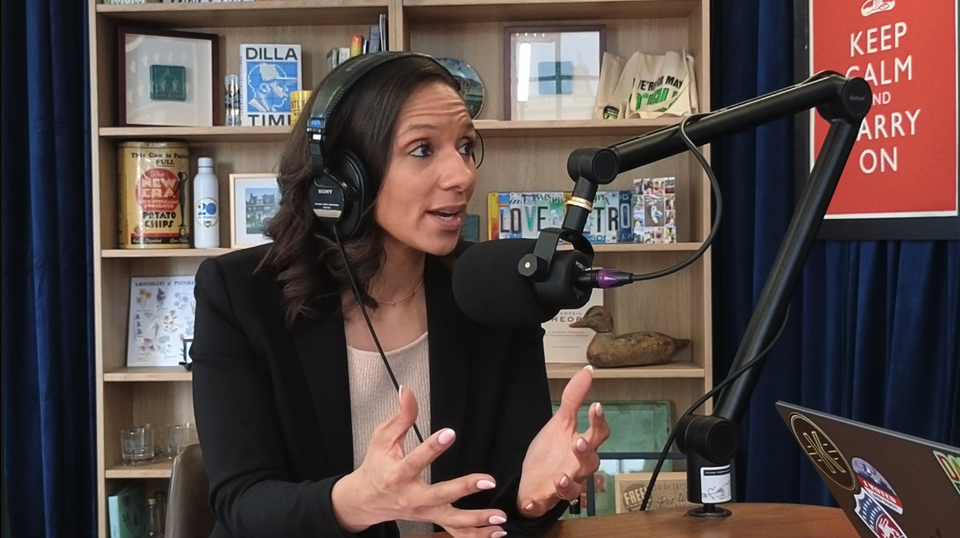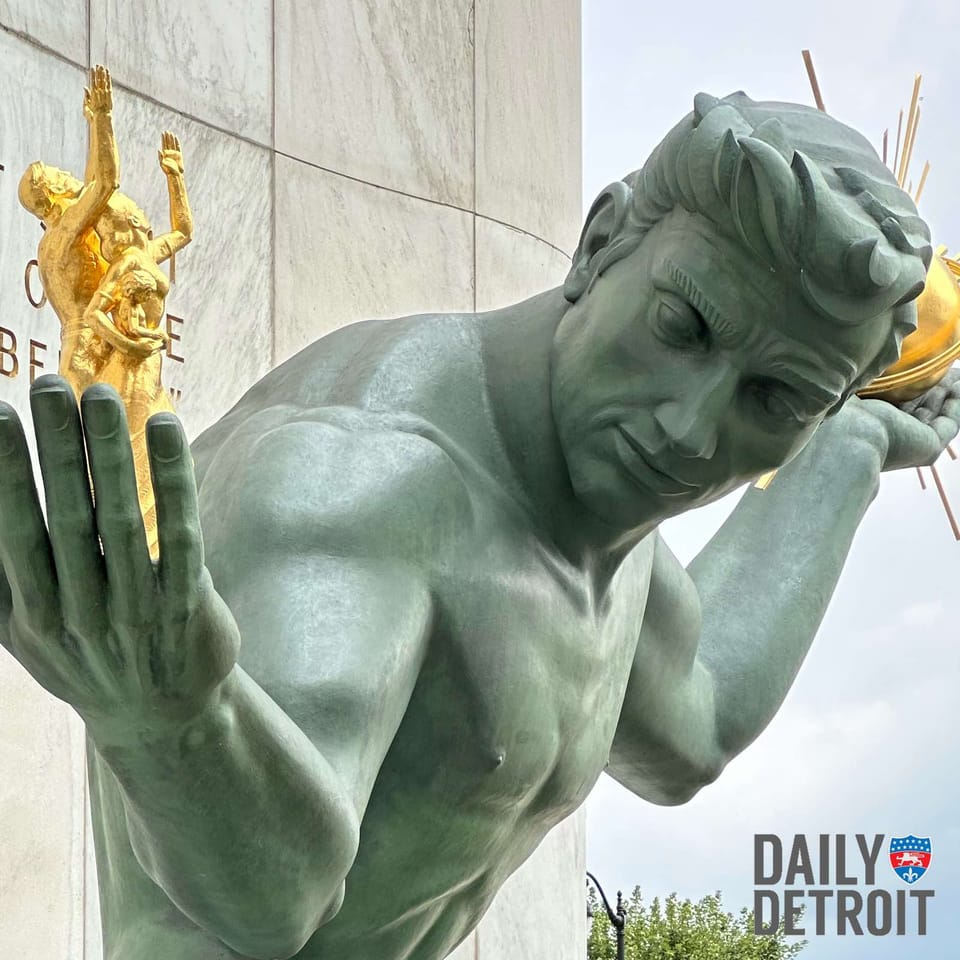Over the last year or so, there has been a common thread when it comes to comments when we post about Detroit and development.
It’s summed up well by this comment on today’s news of the new $77 million development on the site of the former Wigle Recreation Center.
This leads to a larger question. What is the Detroit we want to build, and who is it for?
Do we want to build a Detroit flush with out-of-town money, but prices out of reach for most people here? Or do we want our efforts to focus on current residents and future residents that help build back the middle class?
One only needs to follow the development news a bit – let alone get the influx of press releases and announcements we do here – and it feels like the vast majority of what’s going on is targeted for big dollar developers that often build big dollar developments for big dollar residents. This is echoed when we’re out on the streets talking to residents.
Development in itself is not bad. The city needs more people to move in and investment to be sustainable in the long term. But Detroit’s comeback can’t be built on $400,000 condos and be inclusive. You need to make more than $100,000 a year to afford that – the median incomes of places like Grosse Pointe or Birmingham. That’s the top eight percent of people in the nation, economically.
The city is setting aside 20% of rentals for low income residents, and that’s very laudable. There are programs like Rehabbed and Ready, but as of this writing, there are only two homes listed that are available. If it’s so successful, why aren’t we putting more money toward that?
Nationally, the story when it comes to the revival of urban areas is about gentrification and displacement. Having watched all this, we have an opportunity do it different here.
There has to be more ways to encourage more money and support to go into the hands of individuals, not just large developers.
Maybe we could encourage more owner-occupied duplexes that helped build wealth for residents during Detroit’s first golden age. The renter lives on one story, the owner the other. You get increased population density and a second income in the form of a renter that goes in the hands of the homeowner.
That allows for home ownership and a landing pad for new residents to the city where there’s more of a community feel than in a building with an RFID key tag, a front desk and a security guard.
It’s also a way to develop small parcels of land, an issue the city now says it wrestles with. “We’re almost out of land,” says the Mayor.
Part of the magic of Detroit is that this was the place where the American dream was born. Where individuals could work hard, provide for their families and get a piece of success for themselves.
Let’s be sure going forward that not just every neighborhood has a future, but also that every Detroiter has an opportunity.
















